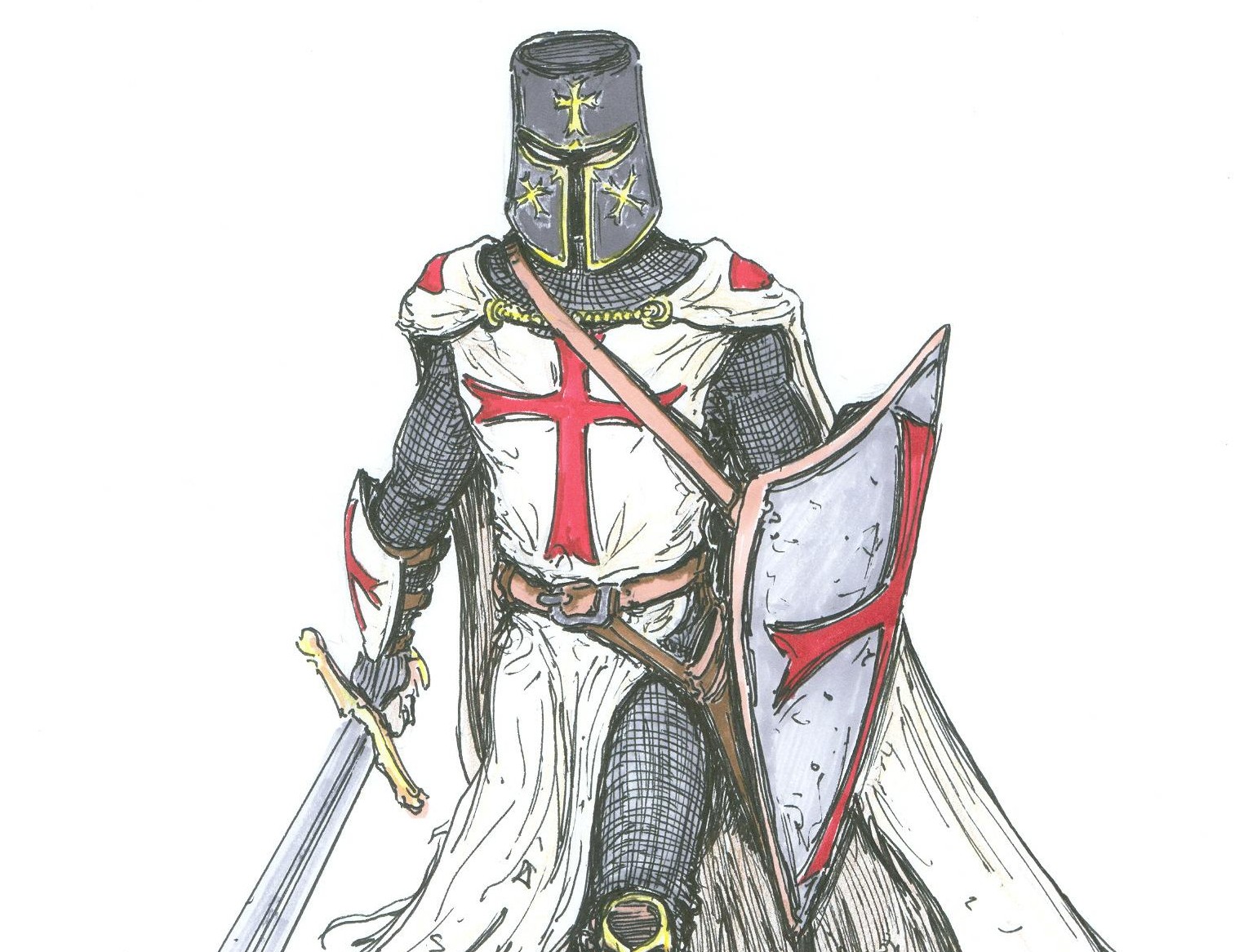The first requirement for a boy to become a knight was the requirement of his heritage. Generally, only boys born to certain men were allowed the opportunity to become a knight.Contrary to popular belief, the king did not usually train boys to become knights. This was the responsibility of the king’s lords, barons and knights. Each of these men held stations, titles, lands and manors of his own.
The ceremony of becoming a knight was something that could often last several days and could include fasting or a Vigil where the knight would engage in prayer and contemplation for a day and a night or longer. Then there would often be elaborate feasts and hardy discussions with lords and knights about chivalry, courage, religion, and the nature of being a knight. During the actual knighting ceremony the knight would swear allegiance to God and to his lord and he would receive presents such as a sword, a pair of spurs, armor, and a cloak. At the end of the ceremony the king would tap the squire on the shoulders with the flat of a sword blade and he would become a knight.


